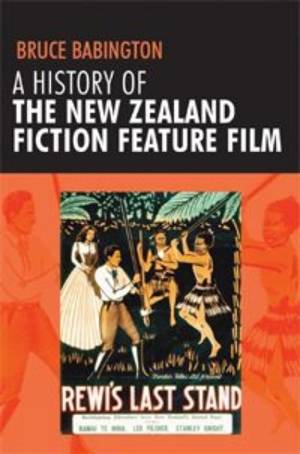
- Afhalen na 1 uur in een winkel met voorraad
- Gratis thuislevering in België vanaf € 30
- Ruim aanbod met 7 miljoen producten
- Afhalen na 1 uur in een winkel met voorraad
- Gratis thuislevering in België vanaf € 30
- Ruim aanbod met 7 miljoen producten
Zoeken
€ 137,95
+ 275 punten
Omschrijving
Investigates the history of film in New Zealand. This volume looks at the very beginning of the NZ film industry, in the early years of the twentieth century, rather than concentrating on the renaissance in the 1970s. It covers various major directors, who have had international success, including Geoff Murphy, Roger Donaldson, and Lee Tamahori.
Specificaties
Betrokkenen
- Auteur(s):
- Uitgeverij:
Inhoud
- Aantal bladzijden:
- 304
Eigenschappen
- Productcode (EAN):
- 9780719075414
- Verschijningsdatum:
- 1/11/2007
- Uitvoering:
- Hardcover
- Afmetingen:
- 156 mm x 234 mm

Alleen bij Standaard Boekhandel
+ 275 punten op je klantenkaart van Standaard Boekhandel
Beoordelingen
We publiceren alleen reviews die voldoen aan de voorwaarden voor reviews. Bekijk onze voorwaarden voor reviews.








